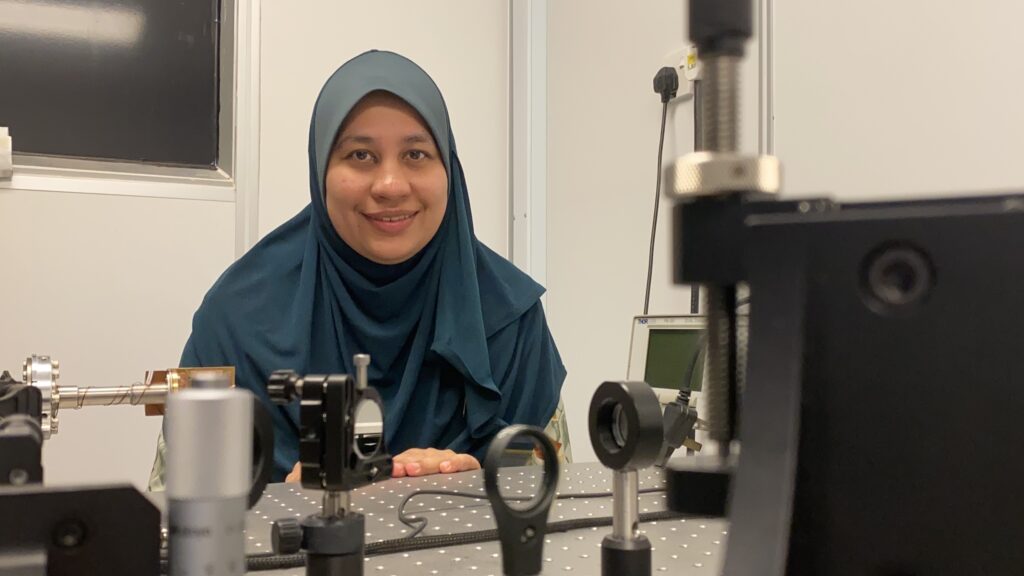Scientists have their hands full with so many things at once – juggling their decorated careers with a just as colourful life. Let’s peek into the life of Ts Dr Wan Maryam Wan Ahmad Kamil to get to know her better. Dr Wan Maryam was selected to participate in the Lindau Nobel Laureate Meeting in 2019.
What inspired your career in STEM?
What pushed me further into my career in STEM were two important persons in my life – my father and my husband, PLUS the support of my entire family, particularly my mum and both of my grandmothers. My inspiration initially came from my physics teacher, who always made physics a fun and easy subject, especially as no memorisation was required. (He created some analogies to remember some formulas/ideas).
What is your educational background, where do you work now, and what interests you the most about your work?
I attended multiple primary schools. Then, I went to SMU(A) Maahad Muhammadi (P) until Form 3, followed by SMKA Tangok, a school in a rural area in Bachok, Kelantan. There, I got 8As for my SPM examination.
After secondary school, Kementerian Pelajaran Malaysia offered me a scholarship to pursue my degree in the UK when I started matriculation. I accepted this offer and went to Kolej Yayasan UEM to pursue my A-Levels and degree at the University of Nottingham, UK. After that, I was offered a fast track to PhD at the same university. At this time, I was offered to join Universiti Sains Malaysia (USM), where I have been since 2013.
At USM, I built my photoluminescence system using optics and got to continue my passion for playing with light. I manipulate the characteristics of light using semiconductor materials and make small-scale lasers (called nanolasers) out of them.
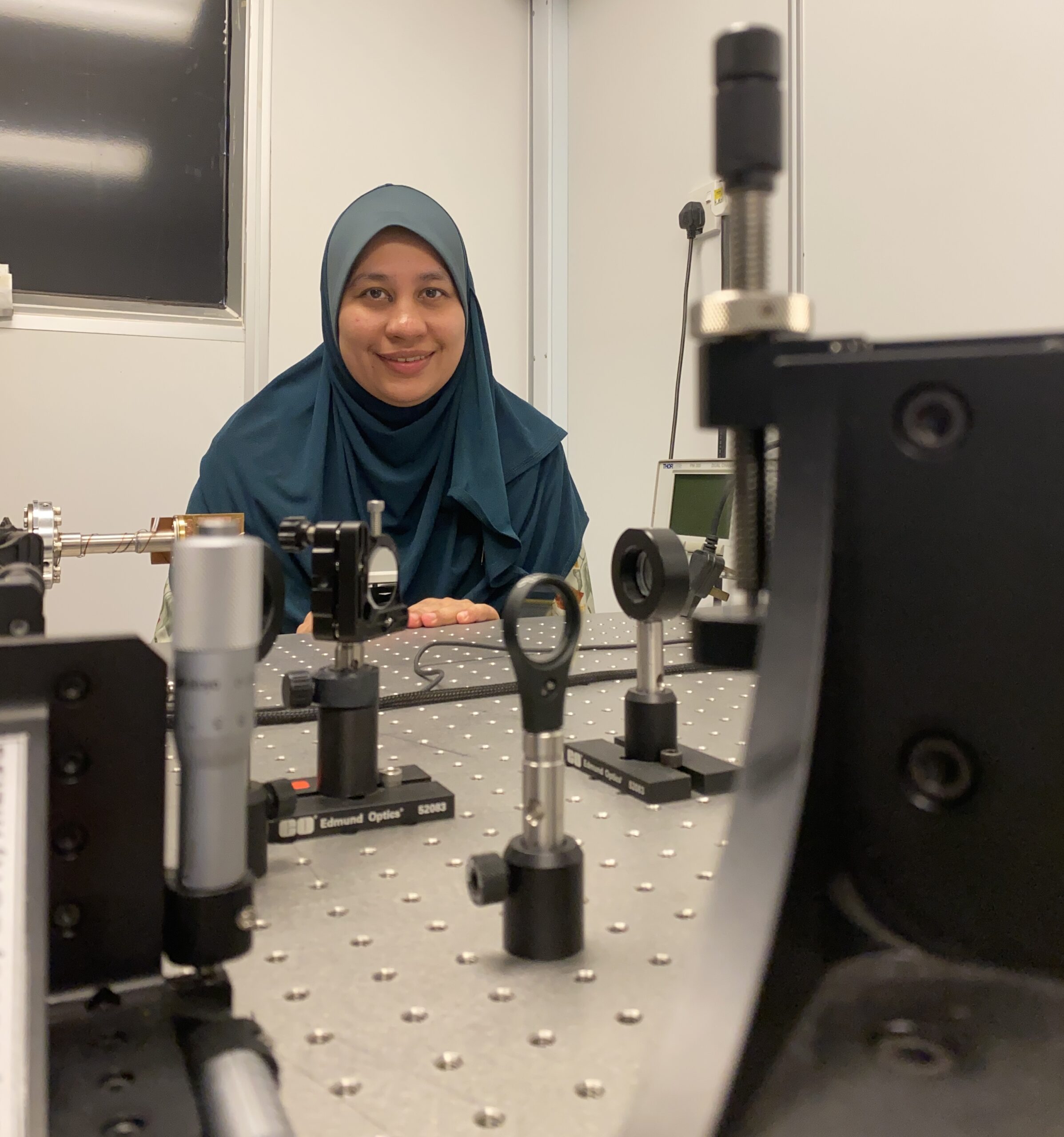
What area of research do you do, and why is it important to society?
I work in nanophotonics, utilising nanomaterials and structures to manipulate light.
The devices we are using nowadays are getting smaller and smaller. Now, information can be transferred using light – imagine the possibilities when devices work fast, like the speed of light!
The sensitivity of nanolasers is very high; hence, many of today’s sensors use light at the nanoscale. Imagine detecting diseases at an earlier stage just by manipulating light! That’s a powerful method with a high potential to save lives. Awesome, right?
What are some of the biggest challenges you have faced in your research, and how did you address them?
The biggest challenge I experienced was establishing the research work.
As I pioneered the experimental work of open cavity nanolasing in Malaysia, I had to start everything from scratch, like building the optical system to carry out the work. Being a pioneer like this requires time, experience, and money. To overcome this, I sought outside collaboration by working with international partners and built my setup in stages. While waiting for my setup to be completed, I sent my samples to my collaborators to test the lasing emission. Then, we jointly published our work at the international level.
Many think scientists only work in labs, but that’s not always true. What do you think of this perception? Where have you done the research for your work, or where have you worked in the past?
In my field, indeed, I work primarily in a lab. But what is awesome is that I work in labs worldwide through my international collaborations and learn about their setup and work culture. Plus, I get to visit different countries too!
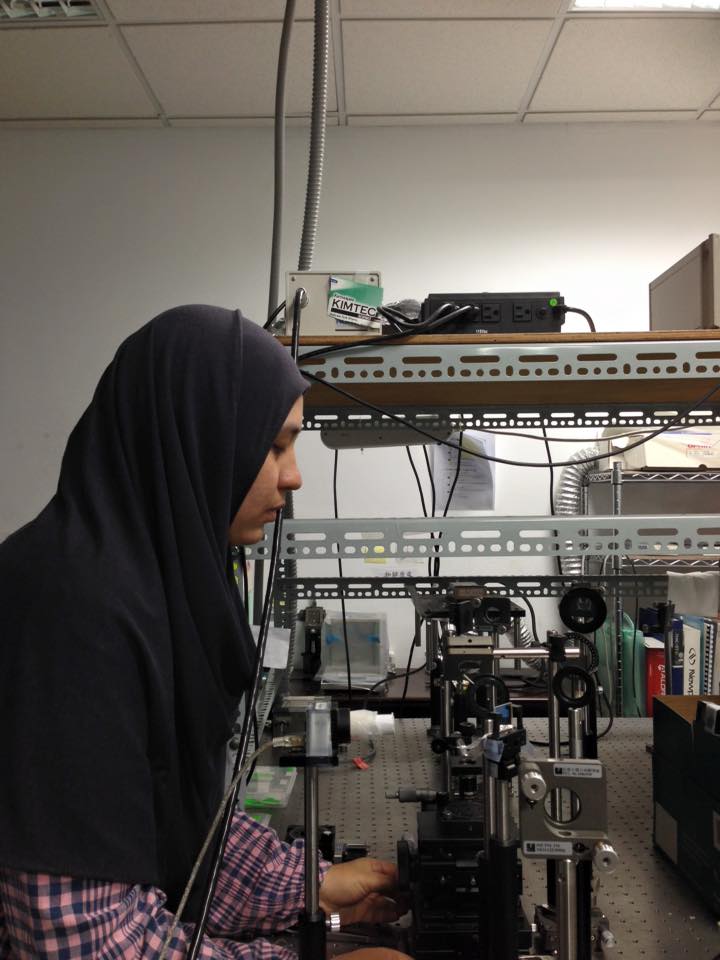
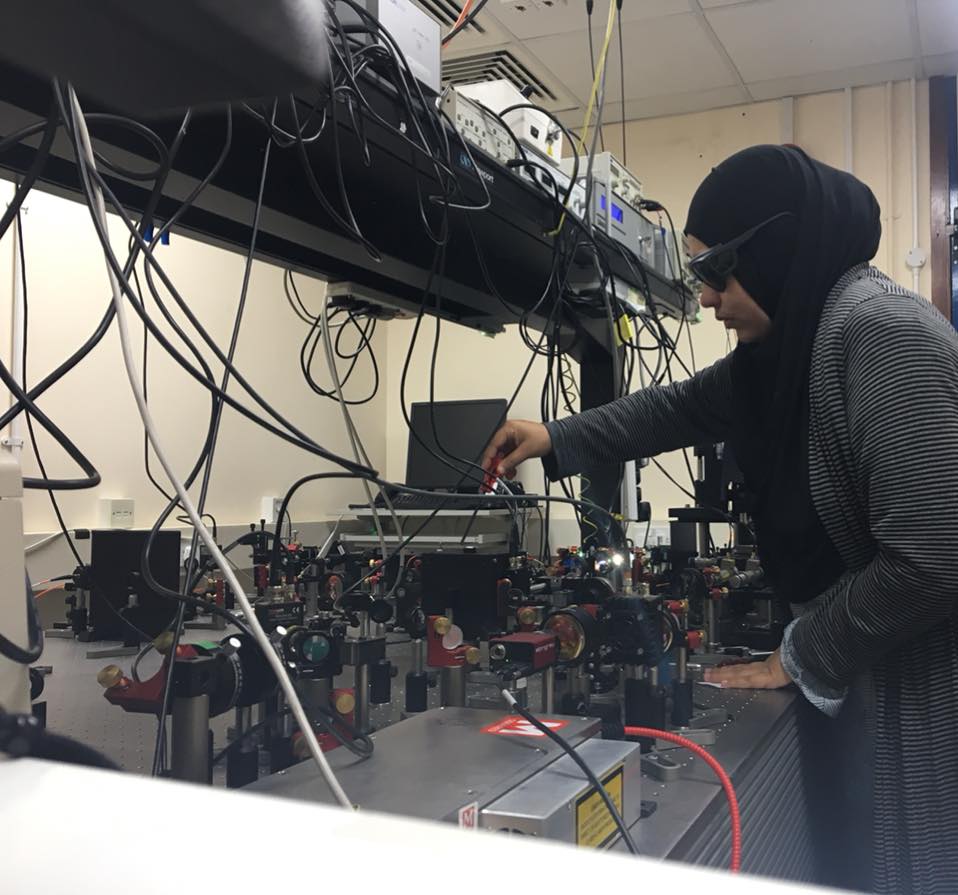
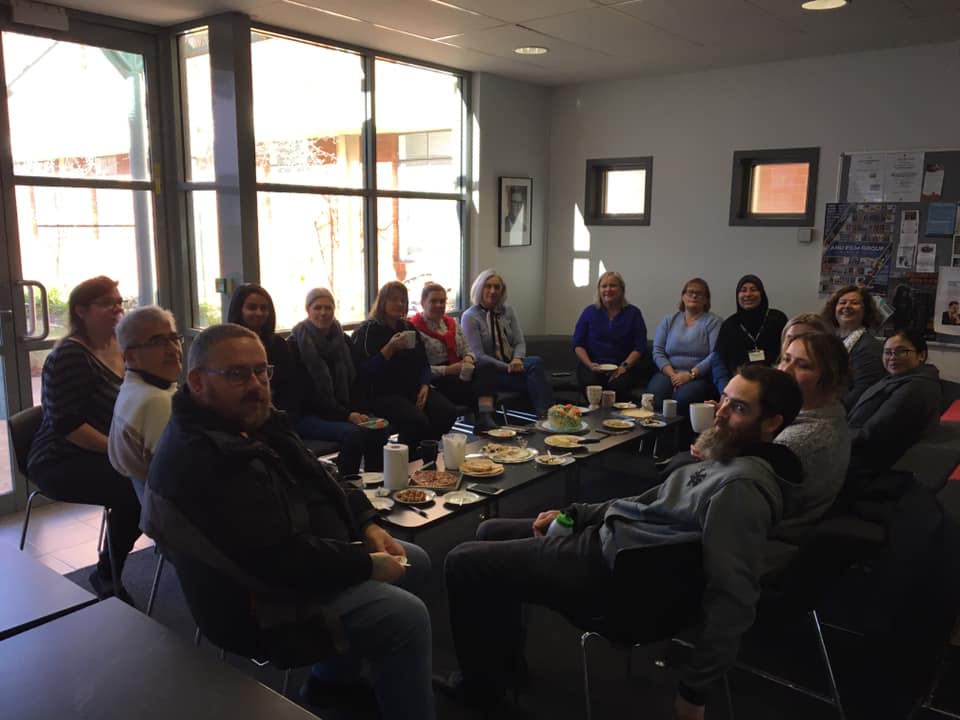
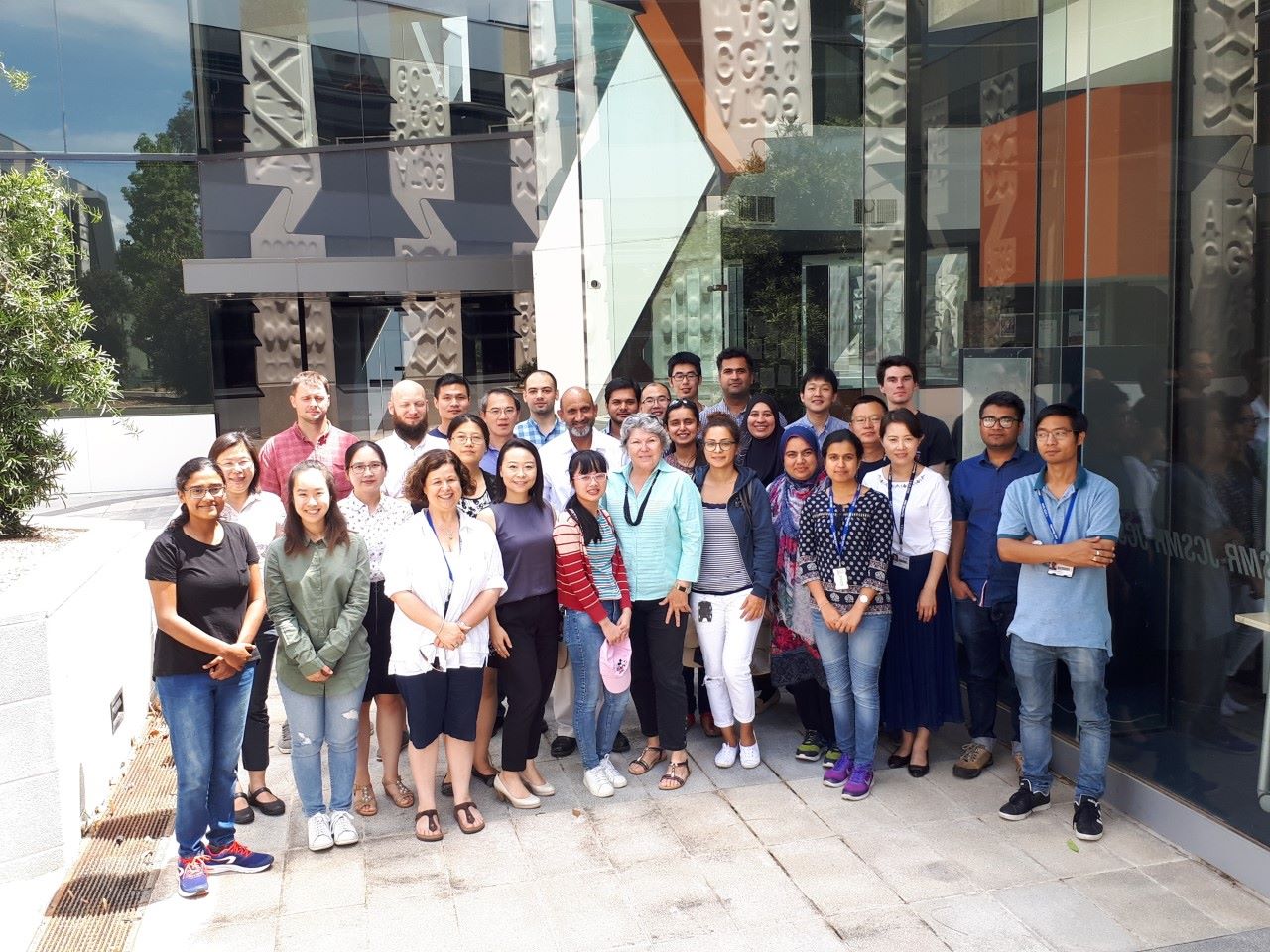
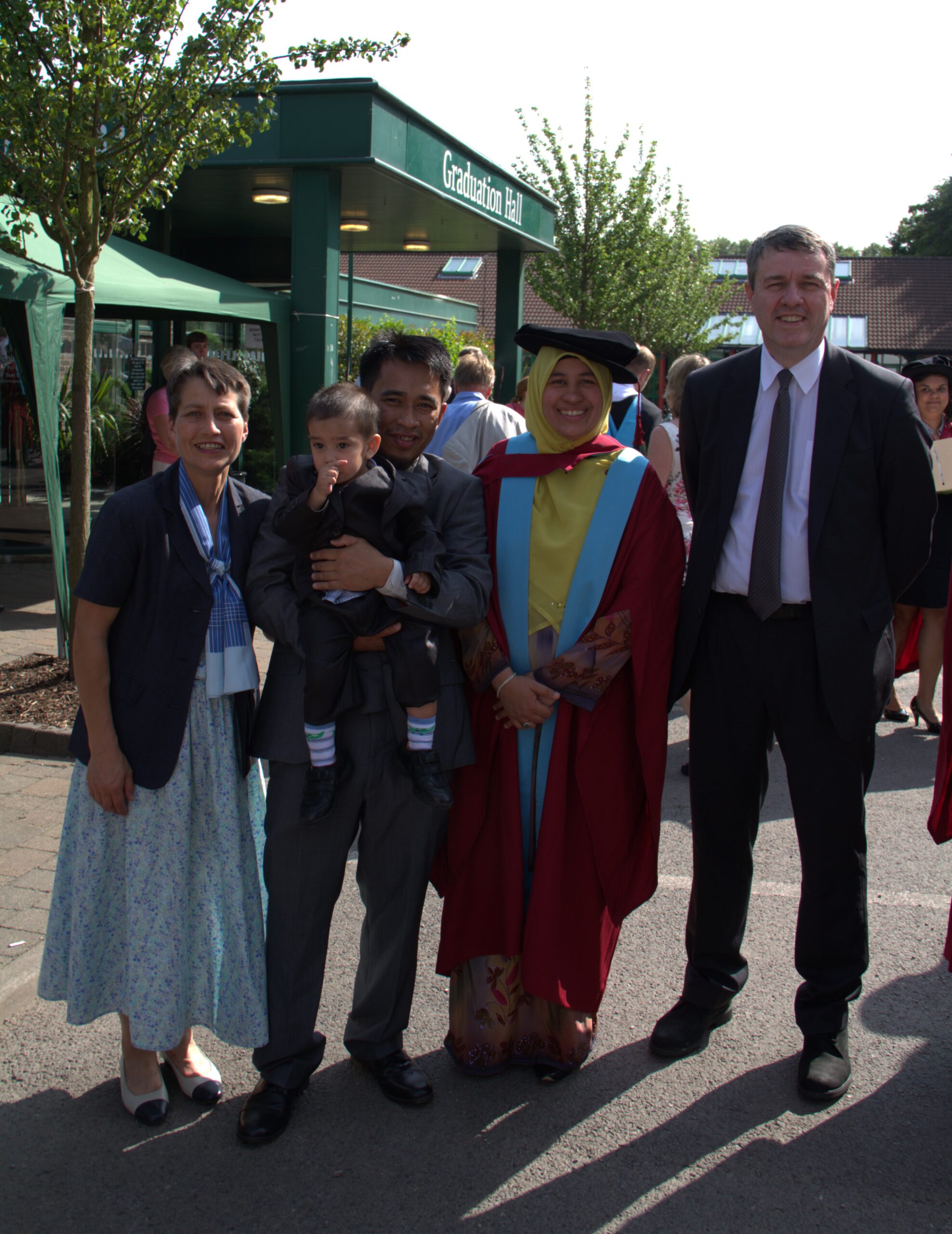

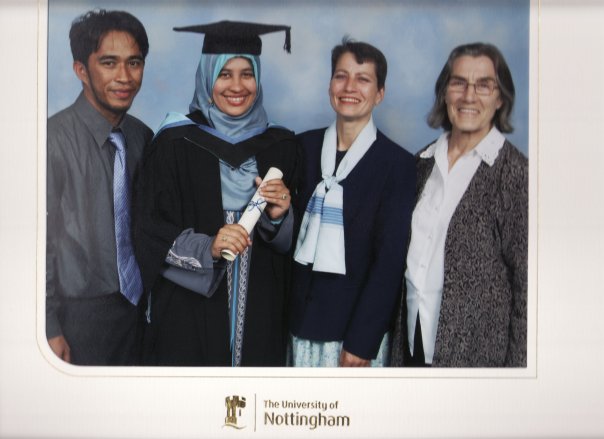
Can you share any interesting or funny stories while pursuing your research?
This is a story of how I got the nickname “optics slayer”.
“When I was in the first year of my PhD, I was given the task by Professor Andrey Akimov to attach a lens to a two-axis lens holder. So, I started removing some of the screws at the front of the lens holder. However, it was supposed to just be a simple task whereby I only need to remove an O-ring, put the lens in, and put the O-ring back. Unfortunately, the screws held small springs in the lens holder, and I could not put it back. Looking at the destroyed lens holder my supervisor gave me the nickname ‘optic slayer’. I have built complicated optical setups since then and no longer repeated my mistakes with optical components. I have evolved to become the optics master!”
What motivates you every time you feel “down”, and how to come back stronger & more enthusiastic in work? What do you find most rewarding about your job?
Failure in experiments is normal. The important thing is to learn from that failure – what went wrong? Can it be improved? Should I have used a different material? The key here is to keep exploring the newly gained knowledge or experiences.
When I was doing my PhD, there was a time when I took six months to spend a full day in a clean room in a full clean room outfit (like an astronaut) to create my device. I was frustrated that I could not get it to work. It even came to a point when my supervisor asked if I wanted to change the direction of my work. However, I decided to try one last time, taking one step at a time. In a way, this was to ensure each step of the device processing was going well. Finally, I got a working device and published it in a reputable journal – Nature Communications! (https://www.nature.com/articles/ncomms3184).
What advice would you give young people interested in pursuing a career in STEM?
Go for it! It feels awesome when you accomplish your research work. Having contributed to knowledge is truly satisfying.
What skills do you think they should develop?
Aside from basic scientific skills, presentation skills are just as important as it helps boost self-confidence. The rest is just passion and grit.
What areas will be most exciting to explore in the coming years?
Nanophotonics! Light at a very small scale is becoming increasingly important, especially in the biomedical and semiconductor industry.

